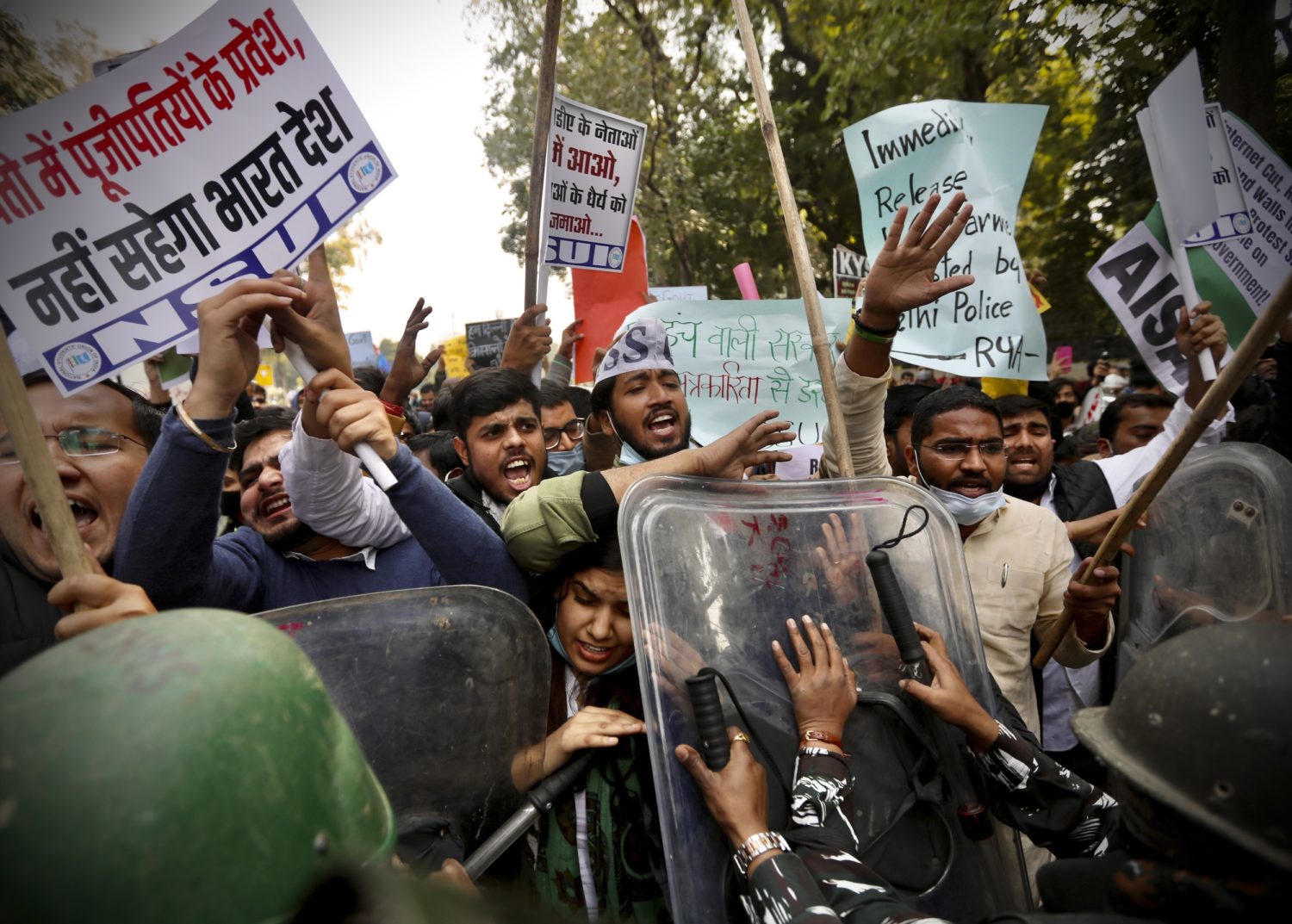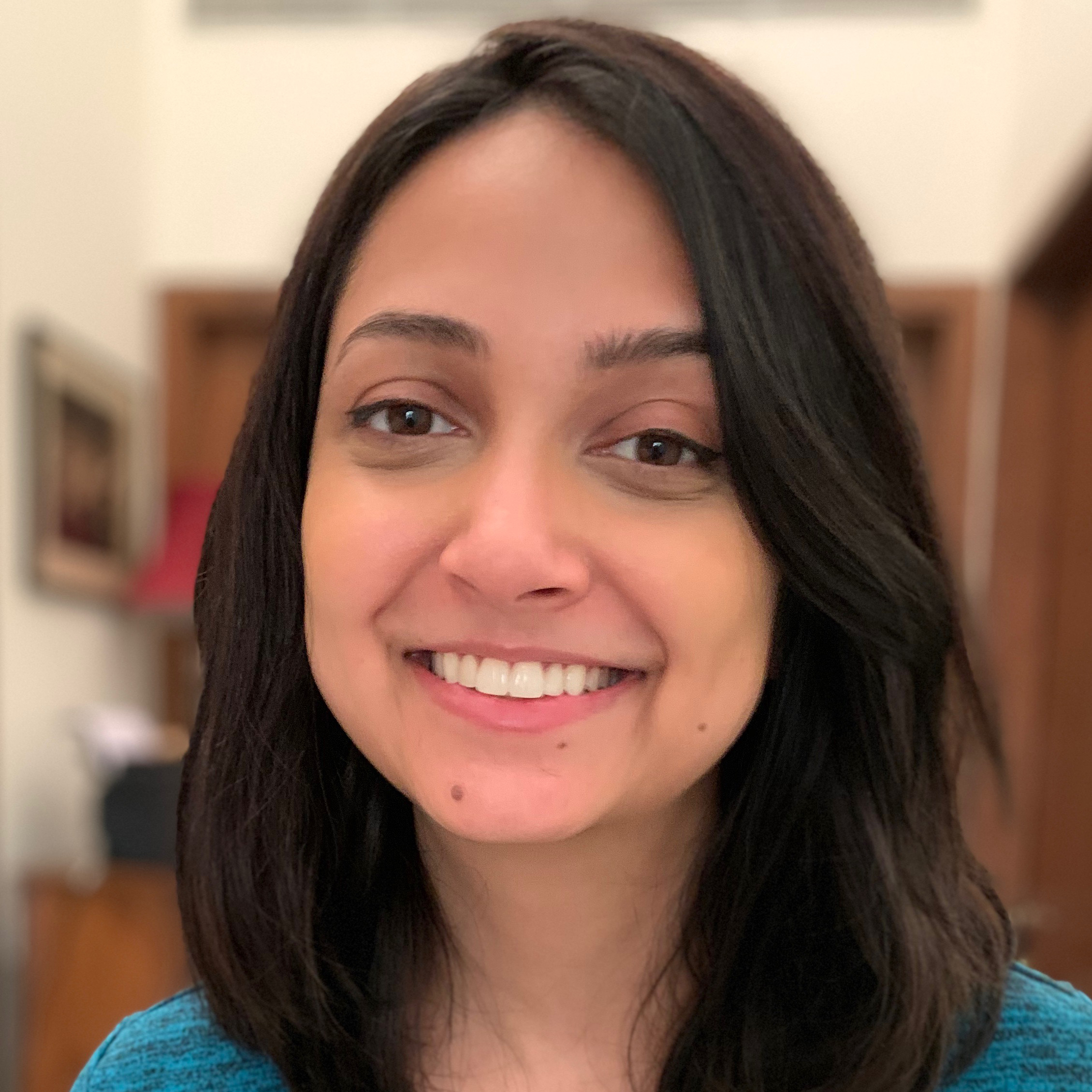Earlier this month, Rihanna tweeted a CNN article about Delhi’s internet being cut after protestors and police clashed in the city on account of controversial farm laws. Searches for the Indian farmer protests instantly spiked. Google Trends data show the term “India farmers” reached peak popularity. Yet, the protests in India have been going on for nearly six months, having started in Haryana and Punjab in August 2020.
As shocking as that might sound, it’s not surprising. “World” news has rarely, if ever, been representative of “world” issues. Global news flow deems some foreign countries more newsworthy than others due to their proximity, economic and political power, similarities, and, at times, vested interest. Meanwhile, other countries only make headlines when major events occur, as was the case with these protests in India.
Combine that with the fact that “western” media is disproportionately white (which translates into further problems of representation and gatekeeping) and that the journalistic method is sifted through that white lens, and it’s clear:
News, as we know it and as we consume it, is still largely colonized.
Global news organizations sending “foreign” correspondents overseas worsens the issue. The process overlooks that, with the advent of the internet, our definition of what counts as “foreign” is considerably smaller and “overseas” isn’t nearly as daunting a term as it once was.
The foreign correspondent model hasn’t changed much since the days of John Walter I and Henry Crabb Robinson — both supposed “first” foreign correspondents (depending on whom you ask), and both white men — in which foreign correspondents educate themselves on local news with the help of translators and stringers to report to their publication’s native country’s audience.
While no one is accusing foreign correspondents of being parachute journalists entirely, there is an element of parachute journalism that inevitably seeps in. In reporting from India, I cannot help but wonder how aware journalists are of their privilege, individually and as a group. Journalists hold unprecedented power over those whose stories they hope to communicate, especially white and English-speaking journalists.
In instances where the correspondent is British, Dutch, Dane, Portuguese, or from another formerly colonizing power, given the history, why can’t Indian reporters tell their own stories? How aware are they of the manner in which caste filters into their reportage in a country where dominant castes account for 18% of the population but 88% of journalists and editors? After all, a dominant caste stringer comes to a story with their own set of prejudices.
Interestingly, the fact that landless agricultural laborers — most of whom are of the Dalit caste (formerly “untouchable,” who fall outside the discriminatory caste heirarchy) — have been erased from the narrative around the farmers’ protests in global coverage goes to show how easily the marginalized are marginalized in our coverage of them.
When publications report on caste, they specifically mention the caste of oppressed (e.g., “Dalit”) but never the oppressor caste (“upper caste” is the term most frequently used).
This problem isn’t restricted to India. In “Media in the Global Context,” Muiru Ngugi points out, “Global audiences have always derived their knowledge of Africa partly, but significantly, from the output of foreign correspondents … (who are) sent to far off locations by dominant media houses.” Ngugi explains that “by and large … all these channels of explaining Africa are either replete with the undercurrents of that mysterious Africa first described long ago, or are built on it; the Africa of Henry Morton Stanley, Teddy Roosevelt, Edgar R. Burroughs, and Ernest Hemingway.”
Beyond the obvious issues of race, caste and power dynamics they breathe in such ecosystems, what happens when the Bill and Melinda Gates Foundation partners with a prominent U.K. publication to launch a “Global Development Desk” that is edited by two white women? The issue of gatekeeping seems obvious here, but the power dynamics in this instance extend further. Should local journalists write local stories for an international audience, as they do here? For one, many are freelance journalists, with fewer resources (and no steady salary), compared to their editors. That’s not to say that these editors aren’t overworked or, perhaps, underpaid, just that their efforts are met by an entire news organization (which protects them) where the freelancers’ aren’t.
Beyond finding and quoting representative sources from diverse backgrounds — no doubt a good place to start — journalists and editors alike need to recognize and accept their privilege and the role it plays in the news we consume.
Are employed sensitivity readers the future in newsrooms where they’re needed (a practice that is still new and much-discussed)?
Or perhaps a good place to start would be to define the term “foreign correspondent,” something that — as Lars Willnat and David H. Weaver point out in “The Global Journalist in the 21st Century” — has yet to be done.
On a smaller, more local scale, we also have the opportunities to move away from the idea that urban news somehow trumps rural news — as is the case with India’s majority agrarian, rural society.
In India, as the farmers’ union’s social media handles take over reporting death tolls and issuing press releases, they have a bigger stake in their narrative. It’s time we respected that. More than focusing on who the news is for, we need to ask whom it serves — and that has to be the people whose stories we tell.
Correction: This article was updated to note that dominant castes account for 18% of the population, not 4%.







